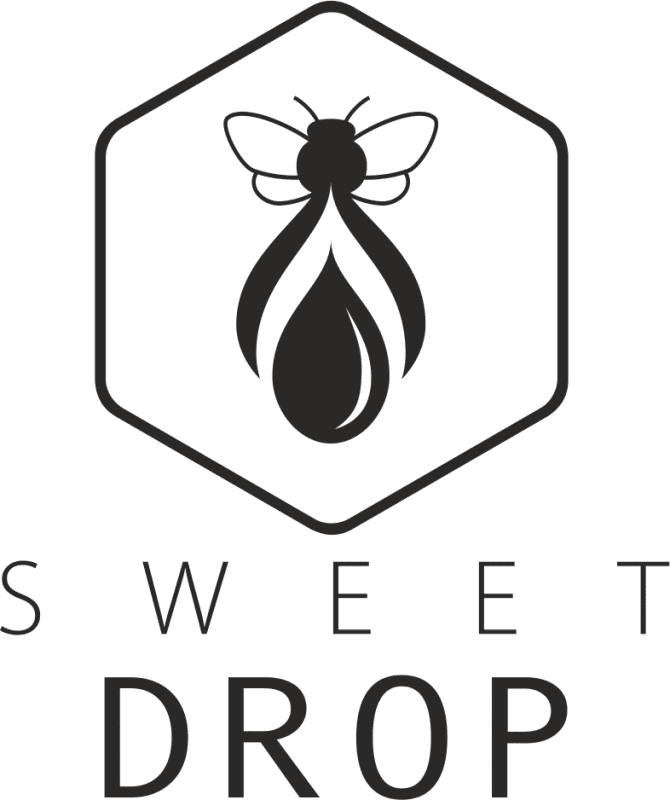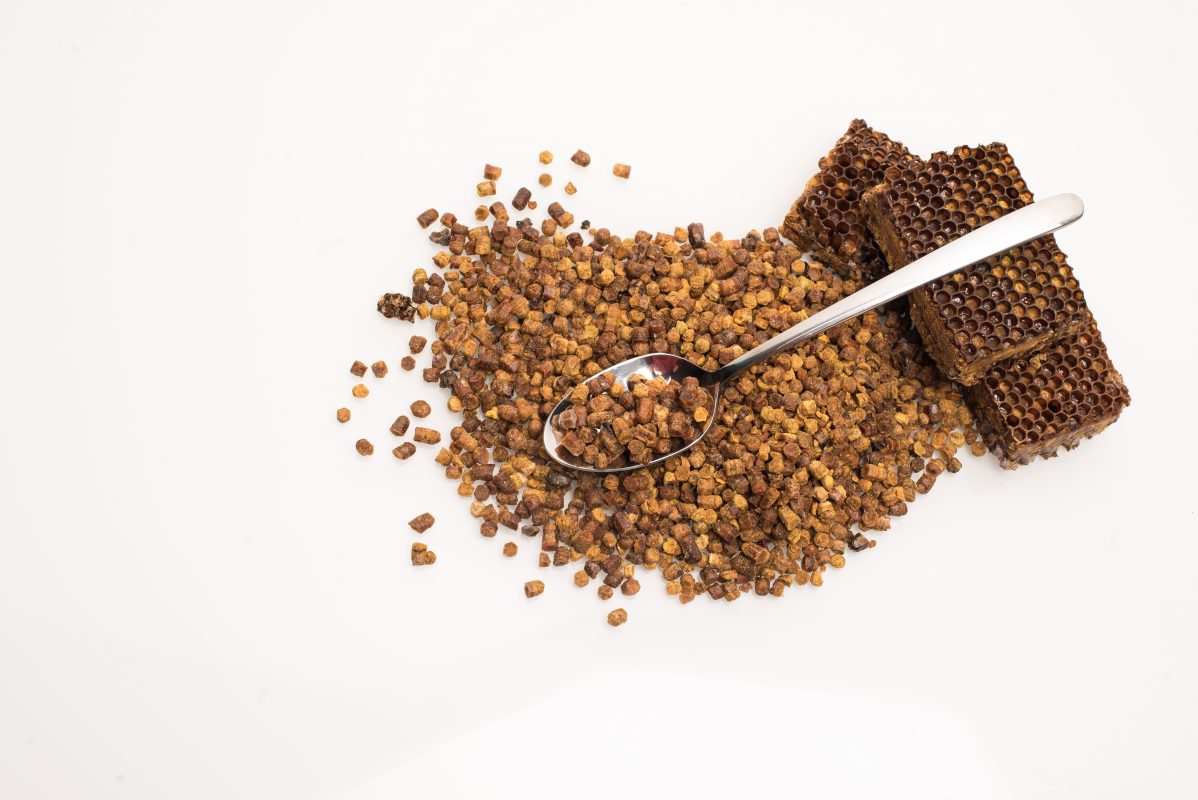Bee Bread, Bee Pollen, Health, Bees
Questions About Bee Bread
What Is Bee Bread?
Bee Pollen packed by worker honeybees, and used as the primary food source for the hive. It consists of simple sugars, protein, minerals and vitamins, fatty acids, amino acids and other components. Also called Bee Bread, Perga or Ambrosia, it is stored in brood cells, mixed with saliva, and sealed with a drop of honey.
What Different between Bee Bread and Bee Pollen?
Studies in recent years have shown that bee bread is more easily absorbed by the human body. This is because “maturing”, i.e. Fermentation of the bread breaks down the pollen envelope of the bread and releases the substances inside, which can be absorbed faster by the human body. During enzymatic processes, some of the protein in the bread breaks down to the simpler compounds, peptides and free amino acids, and some complex carbohydrates are broken down to monosaccharides, some of which are converted to lactic acid. Thanks to lactic acid, Bee Bread acquires higher acidity, which inhibits the growth and development of various molds, microorganisms and putrefactive bacteria. As a result, the properties of this canned bee product change little over time and the Bee Bread can be used for longer than pollen.
What Are The Nutritional Benefits of Bees Bread?
Of the many minerals, Bee Bread contains predominantly iron, cobalt, phosphorus and calcium. Amino acids make up about 15 % Bee Bread dry matter. The vitamin composition of Bee Bread is similar to pollen, but bee bread has a higher content of vitamin K. Bee Bread is rich in enzymes such as sucrase, amylase, catalase, aminotransferase and adenosine triphosphatase. In addition, Bee Bread contains organic acids, some hormones, pigments, and substances with antibiotic properties. The aggregate of such essential substances for the vital processes of the body and cause a pronounced bio stimulatory effect on Bee Bread.



